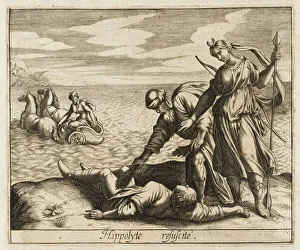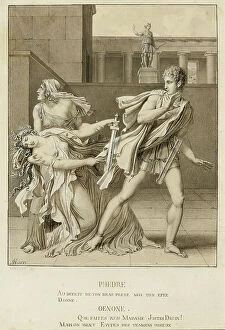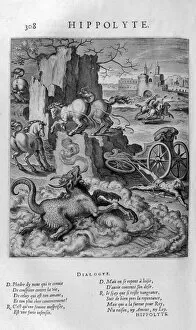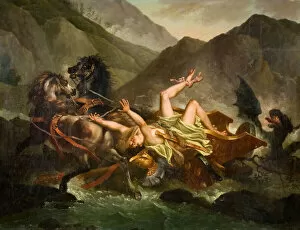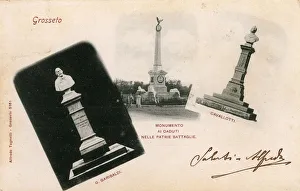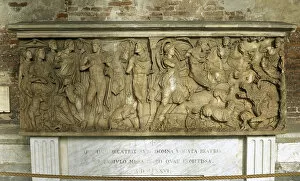Hippolytus Collection
"Hippolytus: A Tale of Tragedy and Restoration" In the world of Greek mythology, Hippolytus was a figure whose story has captivated audiences for centuries
All Professionally Made to Order for Quick Shipping
"Hippolytus: A Tale of Tragedy and Restoration" In the world of Greek mythology, Hippolytus was a figure whose story has captivated audiences for centuries. Restored by Aesculapius, the god of healing, his tale takes on new dimensions as we delve into various artistic interpretations. One such depiction is "The Death of Hippolytus" by Joseph-Desire Court in 1825. This powerful painting captures the tragic moment when Phedre receives news of her beloved's demise. The anguish on her face is palpable, showcasing the depth of their forbidden love. Another portrayal comes from an engraving titled "Hippolytus" dating back to 1615. It showcases the eponymous character alongside Phaedra, his stepmother and source of much turmoil in his life. Their complex relationship serves as a catalyst for tragedy that unfolds throughout this ancient myth. A mosaic found within the House Of Dionysus in Roman Villa, Paphos depicts Hippolytus and Phaedra together once again. The intricate details showcase their intertwined destinies amidst a backdrop rich with symbolism. Moving beyond visual artistry, we encounter "Phaedra receiving the News of Hippolytuss Death, " an oil painting that evokes raw emotion through its brushstrokes. The artist skillfully portrays Phaedra's grief upon learning about her stepson's untimely demise. Even black and white photography has captured moments from this timeless tale like "Hippolytus"in the Village Barn". This candid snapshot transports us to a different era where theater enthusiasts gathered to witness performances inspired by these ancient legends. "The Death of Hippolyte" painted in 1860 offers yet another perspective on this tragic narrative. With meticulous attention to detail, it immortalizes the final moments before our hero meets his fate – a poignant reminder that even noble characters are not immune to the whims of destiny.

